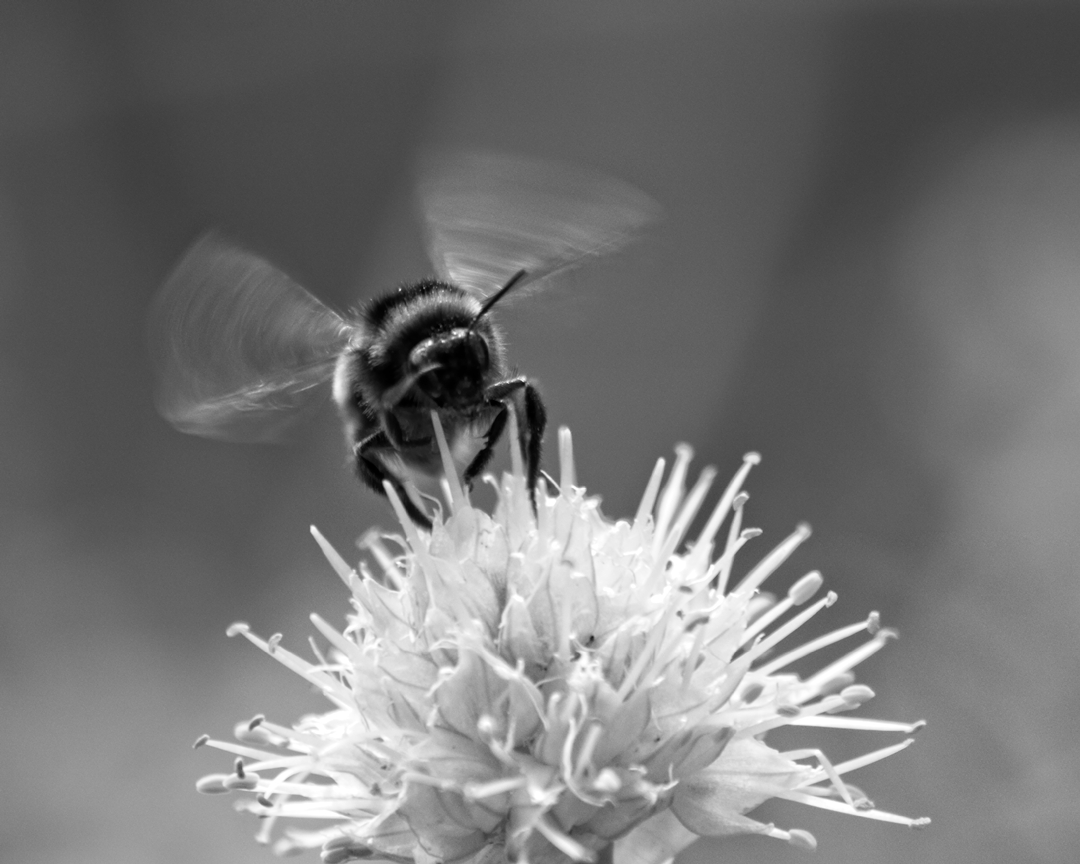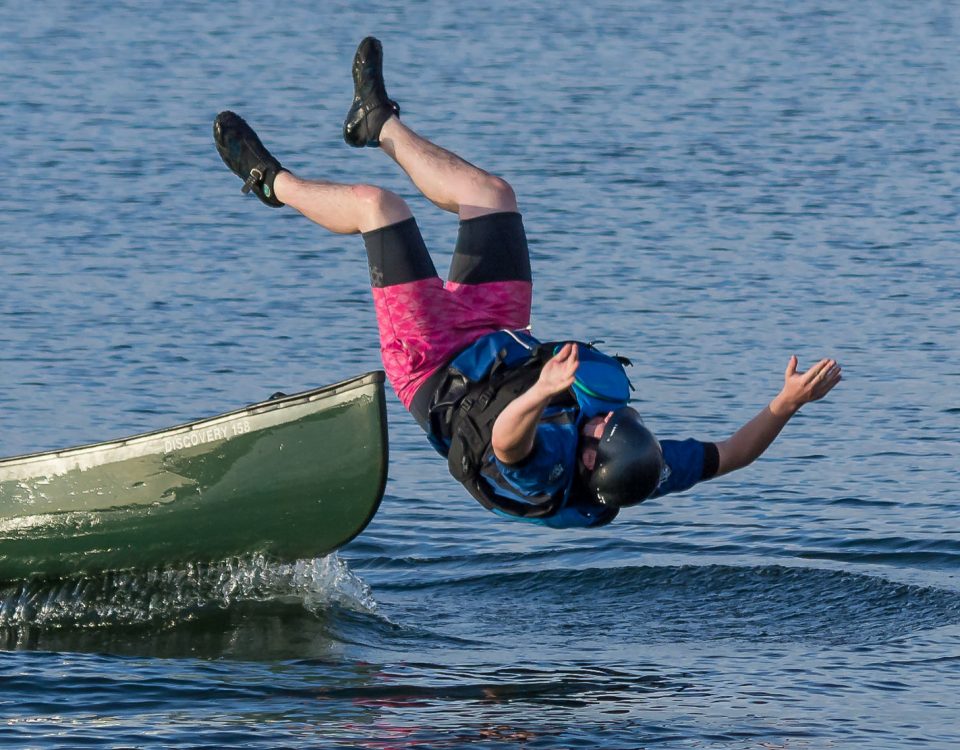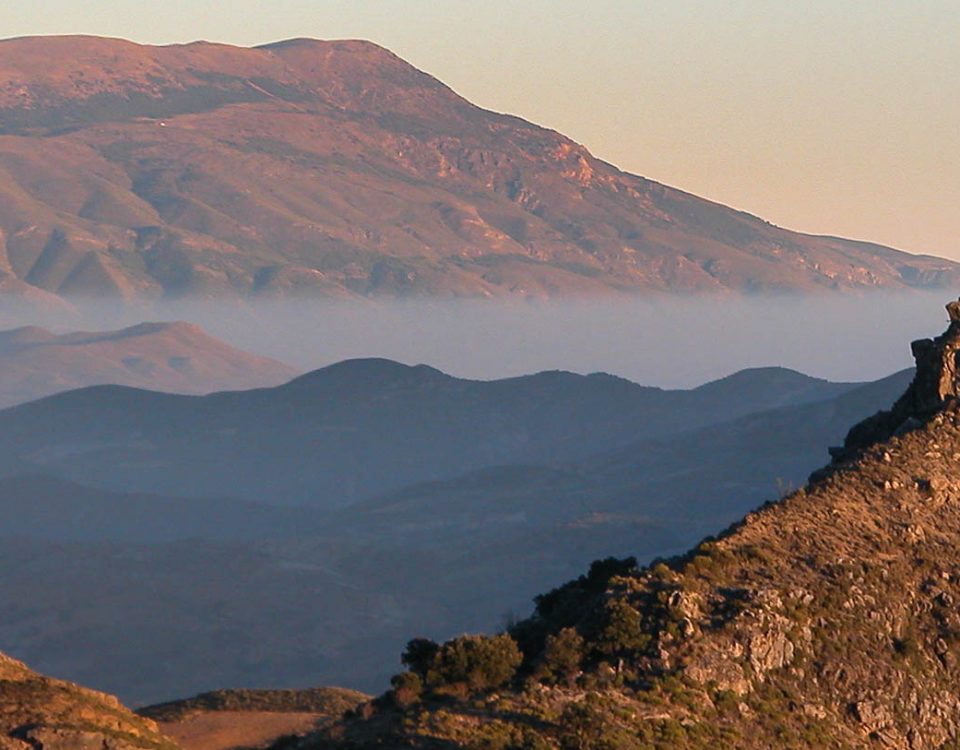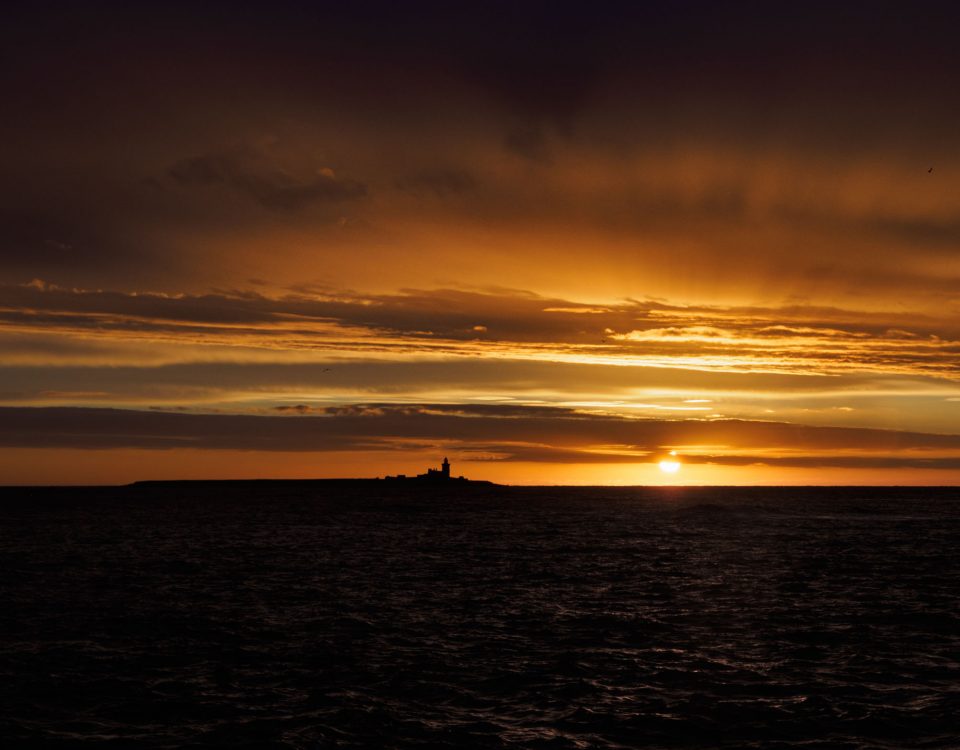Street Life
22nd March 2017
Be Gone
9th June 20171.2 trillion images were taken last year. This gigantic quantity of photographs is unimaginable. Perhaps you consider your shot an insignificant droplet in this Noachian deluge of images. But, every photo you take is important.
Reportage photographs of civil protests, the horrors of war, human rights abuses and environmental destruction have helped change attitudes and laws. Think of the picture of the lone man standing in front of a tank in Tienanmen Square, the little girl running from a napalm attack in Vietnam or the body of a drowned Syrian refugee three-year old washed up on a Mediterranean shore.
Photos of oil slicks, bleached coral reefs, the now extinct West African Black Rhino, receding glaciers and butchered whales galvanise people into action against the harm we are doing to our planet. Okay, so you and I are unlikely to shoot a picture that will have as big an impact, but each one can still make a difference.
Not long ago considered twee and just sentimental, wildlife photography is now an important tool in environmental preservation. When you share a photo of a bumble bee in your garden or a puffin on Inner Farne, both of which are in steep decline, it helps increase appreciation of nature and reinforce the importance of conservation.
Over 720 billion images a year get uploaded and shared on Facebook. Every one, when reinforced by those with a similar viewpoint to you, can help fight your corner, help to change attitudes and, importantly, make you aware that you are not alone in your opinions.
That archive of those billions of photos and the accompanying comments will be an amazing resource for the historians of the future. Imagine your descendant studying history at school in the year 2117 and using the photos you took today and your accompanying comments to illustrate their essay.
I’ve been restoring photos of my ancestors taken between the mid-1800s to the mid-1900s. Many of the original prints are fading. They are dog-eared with blotches, scratches and rips.
One of my ancestors was a bit of an adventurer. I have a badly degraded picture of him. I recovered a lot of the detail in the image which shows him with a group of people gathered in front of a train in India. I shared it with an Indian historical railway club and they were ecstatic. They were able to identify the train and make an educated guess about its location. A copy is now in their archive. Generations after the photo was taken it brought international friendship and made some railway enthusiasts on another continent very happy. I doubt the photographer ever thought that would happen.
Historians of the future, partly thanks to your photos, are going to have a far better record of our time than we have of our ancestors. Compared with the relatively small amount I deduced from that faded photo, our descendants a hundred years from now may well have a very good idea of what we looked like, what we believed in, where we were and who our friends were. Just as we look in awe at sepia-toned images of life in the Victorian age, so our descendants will be amazed by what life was like in 2017.
So, grab your camera, shoot an image, and upload it. It might help change the world.
This post is a modification of an article originally published in the Northumberland Gazette




2 Comments
Is that you on the seat?
My grandfather wasn’t even a twinkle then! (Cheeky beggar.)